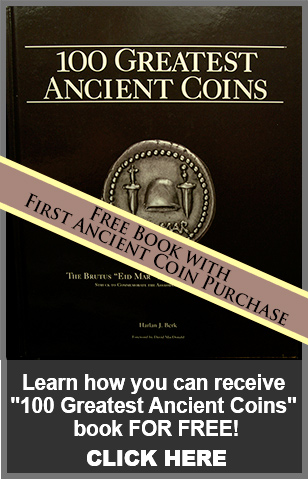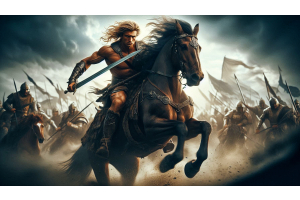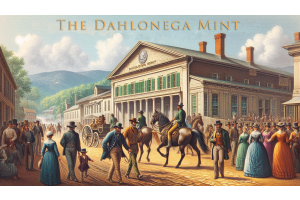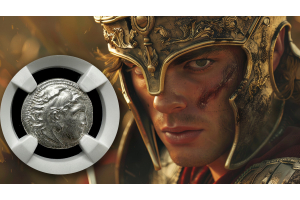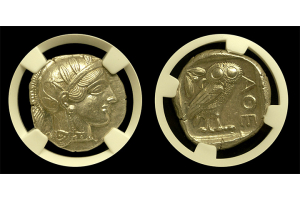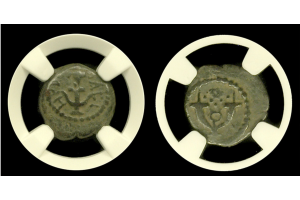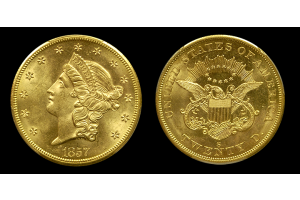Peru in the 1700s
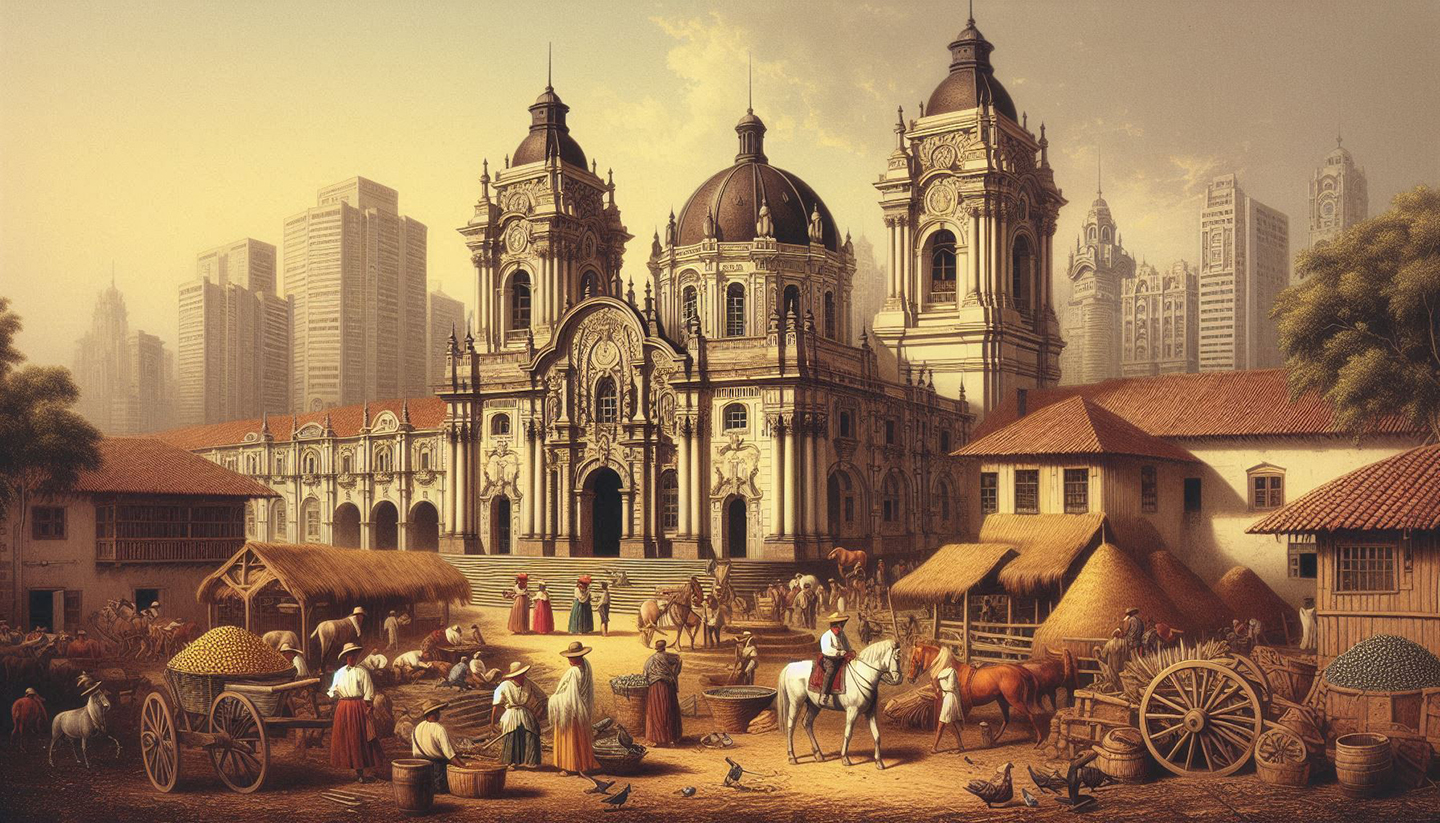
Peru in the 1700s: A Colonial Powerhouse Forged in Gold and Glory
In the 18th century, Peru stood as the beating heart of the Spanish Empire in the Americas. While other colonies produced sugar or silver, Peru offered more—wealth, culture, and strategy. At the center of this powerful colony was Lima, a city whose influence stretched across oceans.
Through military might, cultural brilliance, and gold-backed dominance, Peru became essential to Spain’s survival and supremacy. This is the story of how it happened.
Lima: The Jewel of South America
Founded by conquistador Francisco Pizarro in 1535, Lima quickly rose to prominence. However, by the 1700s, it had evolved into something much more—a thriving center of political, religious, and cultural life.
With nearly 10 million residents today, Lima’s legacy still pulses through its streets. Back then, it served as the administrative hub of the Viceroyalty of Peru. This wasn’t accidental. Lima’s location along the Pacific coast allowed Spanish ships easy access to trade routes stretching from Asia to Europe.
Because of this prime position, Lima became wealthy—very wealthy. Spanish officials built grand cathedrals and government buildings. Nobles flaunted their wealth in lavish mansions. Meanwhile, the city’s streets bustled with traders, artists, and revolutionaries.
Even today, Lima is called the “Gastronomical Capital of the Americas.” That creativity has deep roots in its colonial past, where cultures clashed and fused into something unique.
Peru’s Golden Lifeblood: The Mining Empire
Spain’s interest in Peru had everything to do with what lay beneath its soil. During the 1700s, the Andes yielded immense quantities of silver and gold. Notably, the mines at Potosí—once located in Peru—fed the Spanish treasury for generations.
But mining wasn’t only about extracting metals. It was about extracting obedience. Spain instituted systems like the mita, which forced Indigenous people into brutal labor. The wealth flowed outward to Europe, while the cost remained heavy within Peru.
Still, the result was undeniable: Peru’s mines kept the Spanish Empire afloat. European wars, colonial expansions, and the Spanish monarchy itself depended on this endless stream of precious metal.
Therefore, Peru wasn’t just a colony. It was a financial engine—one that allowed Spain to play king on the global chessboard.
Coinage as Control: Power Etched in Gold
With wealth pouring in, Spain needed to display its authority. Coins became more than currency—they became messages. That’s where the Lima Mint played its part.
One of the finest examples is the 1757 LM JM Peru 8 Escudo gold. Struck in Lima, this coin features a long-haired royal bust and a crowned imperial shield. Every detail reinforced royal authority.
Likewise, the 1717 Peru 8 Escudo told another kind of story. Its Pillars of Hercules and “PLVS VLTRA” motto proudly declared Spanish expansion beyond the Old World.
Because most colonists never saw the king, coins filled the void. Each escudo served as a golden ambassador of the crown. Spain didn’t just rule with soldiers—it ruled with symbols.
Today, these coins remain rare and beautiful artifacts. Yet in their time, they were loud statements of power, ownership, and control.
Religion, Royalty, and Revolution
Although Spain ruled with an iron hand, it also ruled with the cross. The Catholic Church held immense power throughout Peru in the 1700s. Bishops wielded nearly as much influence as governors. Grand cathedrals towered over Lima, and Catholic teachings had a profound impact on daily life.
Because the church supported the crown, and vice versa, together they cemented control over Indigenous and mestizo populations. Sermons echoed royal decrees. Religious festivals doubled as political theater.
However, cracks began to show. Enlightenment ideas spread through whispers and books. As criollos—Spaniards born in the Americas—grew in number and wealth, they started to resent their second-class status.
By the late 1700s, these tensions simmered beneath the surface. The empire that once felt eternal now felt vulnerable.
A Taste of Power: Culture and Cuisine
Despite the control and inequality, 18th-century Peru thrived culturally. Lima’s streets overflowed with music, poetry, and conversation. Indigenous, African, and European traditions blended into something entirely new.
Nowhere was this more evident than in Peru’s food. Long before it earned the nickname “Gastronomical Capital of the Americas,” Lima was a melting pot of flavors. Colonial kitchens combined Andean ingredients with Spanish techniques and African creativity.
So, while gold bought Spain’s armies, it was culture that nourished Peru’s people. That balance—between control and creation—defined the era.
Legacy in Metal and Memory
Peru in the 1700s stood at a crossroads of wealth, power, and identity. Through Lima’s rise, the crown’s control, and coins used as silent propaganda, the Spanish Empire carved its authority deep into South American soil.
Today, we remember that power not just through ruins or books—but through coins like the 1757 LM JM Gold 8 Escudo and 1717 Peru 8 Escudo. These were more than money. They were artifacts of ambition, control, and resistance.
Available for purchase at Austin Rare Coins & Bullion, both coins are stunning reminders of the age when Peru helped shape an empire—and nearly ruled the world.





